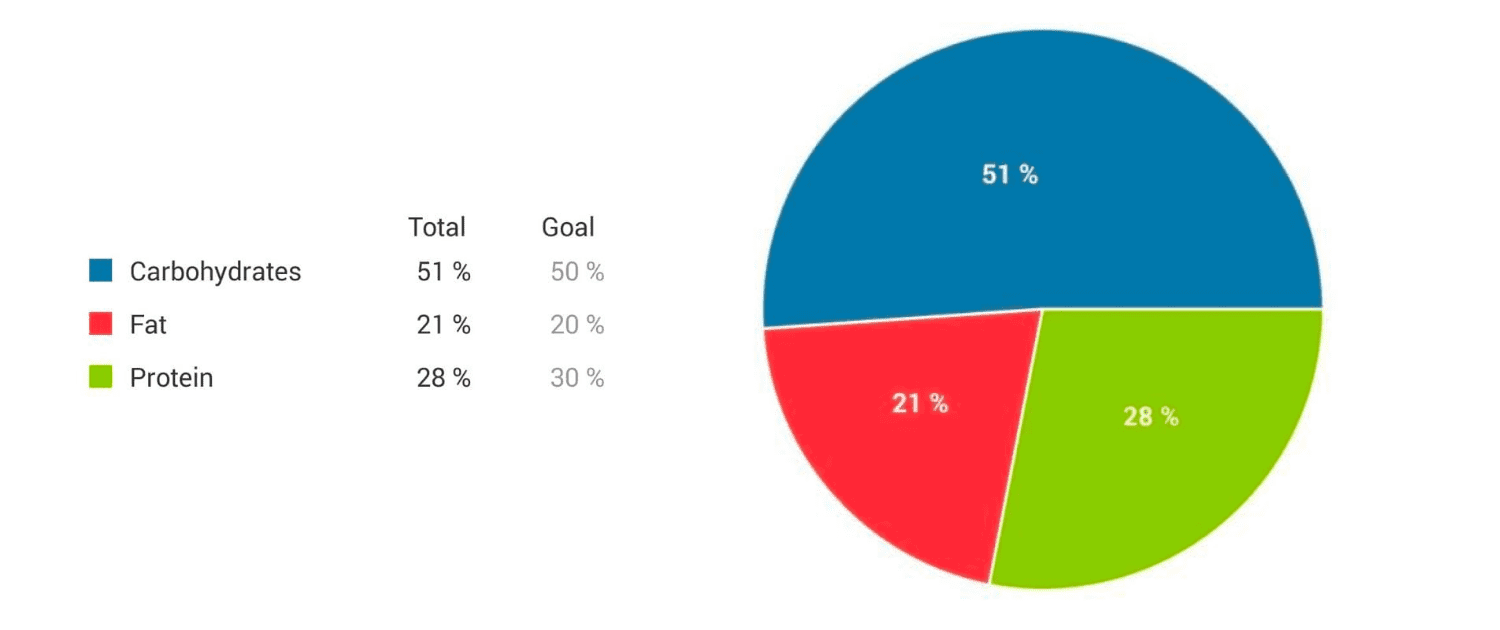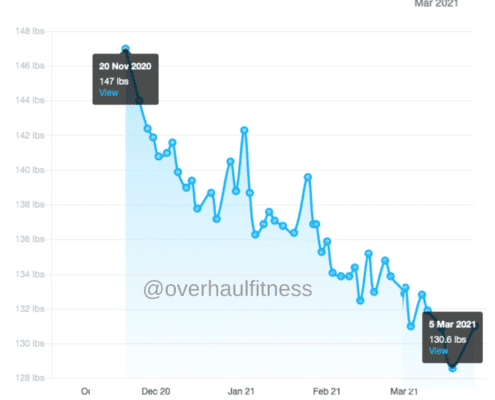What Are Macros, IIFYM, And Is Tracking Them All That Important?
Mar 26, 2019 by Michael Fouts
Read time: 6 minutes
What are “Macros”?
Macros stands for Macronutrients. They are nutrients that we need in larger amounts, hence the prefix Macro. These are nutrients that provide the body with energy/calories, and are necessary for growth and body functions. You are likely familiar with them already: Protein, Carbohydrates, Fat; water, antioxidants, and fibre are also notable macronutrients but we aren’t going to talk about those. Micronutrients, on the other hand, are nutrients that we need in smaller amounts. Your micronutrients are things like vitamins and minerals.
Many people talk about tracking macros, or following a diet called IIFYM (If It Fits Your Macros). The popular belief is that you can eat anything you want, as long as it falls within the macronutrient distribution that you’ve set out.
Let’s talk about each type of macronutrient in a little more detail.
Carbohydrates
Carbs are your main source of fuel for the brain and body; especially quick energy needs. They can be found in many mixed dishes, but are found in higher concentrations in grains, fruits, starchy vegetables, and anything with sugar. The body likes using carbohydrates when it needs quick energy, like during a moderate/high intensity workout, because they are easy to break down into easy-to-use energy.
- There are 4 calories per gram of carb.
Fats
Fat is often used as a secondary source of fuel for the body; at lower heart rates and intensities it provides a stable and consistent source of energy. Common sources of fat in one’s diet can come from oils and butters, fish, or food that has been prepared with oil or butters (eg. baked goods, or pan fried foods).
- There are 9 calories per gram of fats or oils.
Protein
Protein is the predominant sources of nitrogen for the body, which is used for growth, and tissue repair. Protein is found abundantly in animal products, including meat, dairy and eggs. It is also found in nuts, beans, seeds.
- There are 4 calories per gram of protein.
All of the above, in different combinations, provide our body with the means to create energy, to grow/recover, and to function.
Is tracking your Macros all that important?
By tracking your macros, you are also tracking your calories. In doing so, you are getting the necessary energy needs for whatever goal you are striving for. This is good thing if you’re trying to get consistent results. However, you need to consider how much time you’re willing to spend on initially understanding how to track, and how much time you want to spend tracking on a regular basis. Further, regular tracking of food can be a trigger for eating disorders in some. So in this case, it’s not recommended.
I ask my clients the following in order to understand if we should track macros, which for me is mostly just calories and protein:
- How much time and energy are you willing to commit to tracking food to reach your goal?
- Will tracking food on a regular basis ruin your relationship with food, and negatively impact your mental health?
Is IIFYM an effective weight loss approach?
Yes, it can be for some. This isn’t a diet, rather a classification of how you should break down your diet by its macronutrients. So, provided you are being honest with your serving sizes of the foods – and therefore calories – and that your intake is associated with a caloric deficit, then you should be able to lose weight effectively.
A common issue with the IIFYM approach
A lot of people boast the IIFYM slogan to justify eating donuts and things like big macs from McDonalds. By eating these foods, this uses up a lot of the left over calories to be used with more nutritionally dense foods (eg. avocado, blackberries, bananas, etc.). Further, there is no common popular association, social media or otherwise, with IIFYM and MSYEYV (make sure you eat your veggies). If you haven’t heard of MSYEYV, it’s because I just made it up. Anyways, strict IIFYM without any attention paid to sound nutritional strategies can lead to poor eating habits that can either leave you starving yourself because you’ve used up your macros (and calories) for the day, or just low intake of healthy foods in general.
Takehome message:
IIFYM is just glorified calorie counting, my suggestion is to instead just focus on making sure you are having the appropriate amount of calories and protein intake for your goal. And, make sure you are consuming adequate amounts of fruits and vegetables (aim to have 1/2 plate with most meals, 1 serving at each snack), and having adequate hydration (roughly 2.2L per for for females and 3.0L for males).
To see if tracking is right for you, ask yourself the questions I listed above. If you’re willing to commit a lot of time and energy to tracking and you don’t it affecting your relationship with food or your mental health, then go for it.
Till next time,
-Mike






